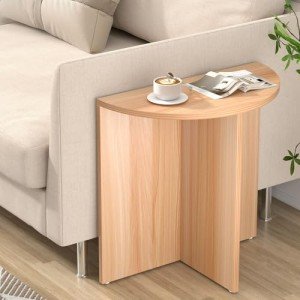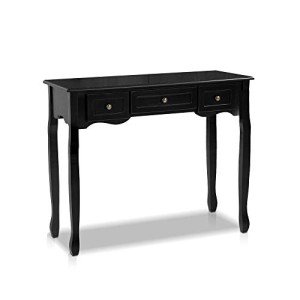The Rise of Minimalist Interior Design in Australian Apartments
In the heart of Australia's bustling cities, where space is at a premium and the lifestyle fast-paced, a design philosophy has steadily gained traction over the last decade: minimalism. Minimalist interior decorating, characterized by its emphasis on functionality, simplicity, and tranquility, has transformed the way Australians approach their living spaces, particularly in the context of apartment living. This article explores the growth of minimalist decor in Australian apartments, its appeal, and its impact on both design and lifestyle.
The Appeal of Minimalism
Minimalism in interior design first found its roots in the broader cultural context of seeking simplicity in a world increasingly cluttered by consumerism and digital noise. In Australia, the shift towards minimalism in apartment decor can be traced back to several key factors:
-
Space Constraints: With urban sprawl and population growth, apartments in cities like Sydney, Melbourne, and Brisbane have become smaller. Minimalism offers a practical solution to maximize living space without sacrificing comfort or style.
-
Lifestyle Changes: The modern Australian, particularly the younger demographic, values experiences over possessions. This mindset aligns perfectly with minimalism, which encourages decluttering and focusing on what truly matters.
-
Environmental Consciousness: There's a growing trend towards sustainability. Minimalist design often involves fewer, but higher quality items, reducing waste and promoting a greener lifestyle.
-
Mental Health Benefits: The clean lines, open spaces, and neutral color palettes of minimalist design are known to reduce stress and enhance mental clarity, an aspect particularly appealing in high-stress urban environments.
Growth in the Market
The growth of minimalist interior decorating in Australian apartments can be observed through various lenses:
-
Real Estate Marketing: Developers and real estate agents have increasingly marketed apartments with minimalist designs or potential for such transformations, noting higher interest from buyers looking for a 'calm oasis' in the city.
-
Interior Design Services: There's been a noticeable increase in demand for interior designers specializing in minimalist aesthetics. Workshops, online courses, and bespoke services cater to Australians eager to adopt this style.
-
Retail and Furniture Trends: Furniture stores across the country have expanded their minimalist collections, recognizing the market shift. Brands like IKEA, with their clean, functional designs, have become household names synonymous with minimalist living.
-
Social Media Influence: Platforms like Instagram and Pinterest have been instrumental in spreading the minimalist ethos. Australian influencers often showcase their minimalist apartments, inspiring others to follow suit.
Adaptation in Australian Context
While minimalism has universal principles, its application in Australia has unique facets:
-
Natural Elements: Given Australia's rich natural landscapes, minimalist designs here often incorporate natural light, outdoor views, and materials like wood or stone to soften the starkness of minimalism.
-
Cultural Fusion: Minimalism in Australia sometimes blends with Indigenous art or Asian design influences, creating a unique fusion that respects cultural heritage while embracing modern simplicity.
-
Practicality Over Purity: Australian minimalism tends to prioritize practicality, adapting to the active, outdoor lifestyle of Australians. Spaces are designed to be multi-functional to accommodate work, play, and relaxation in small footprints.
Impact on Lifestyle
The embrace of minimalism goes beyond mere aesthetics; it has significantly influenced lifestyle:
-
Decluttering: Australians adopting minimalism are more likely to engage in regular decluttering, not just of physical items but also digital ones, leading to a more organized life.
-
Consumer Habits: There's a shift towards buying less but of better quality, supporting local crafts, and choosing items with longevity over fleeting trends.
-
Mindfulness: The minimalist approach encourages a more mindful way of living, where every item has a purpose, and space is not just physical but mental.
Looking Forward
The trajectory of minimalist interior decorating in Australian apartments looks set to continue its upward trend. As urban living intensifies, and environmental concerns become more pressing, the principles of minimalism offer not just a design choice but a lifestyle paradigm. This movement is not about stripping life down to the bare essentials but enriching it by focusing on what genuinely adds value, transforming apartments from mere living spaces into havens of peace and productivity.
In conclusion, the minimalist wave sweeping through Australian apartment design is more than a trend; it's a reflection of broader societal shifts towards sustainability, simplicity, and wellness in an ever-complex world.




